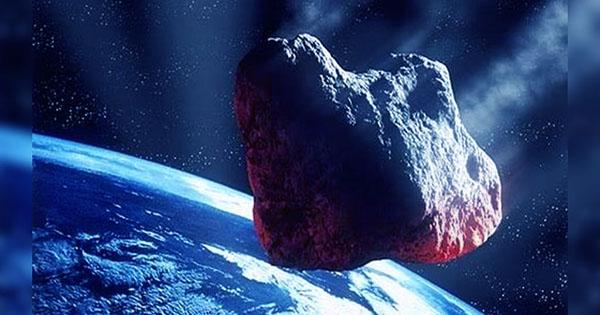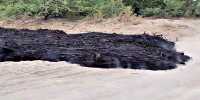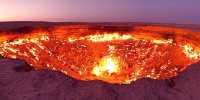A layer of asteroid material in the Chicxulub effect crater simultaneously matches the material deposited around the world, which ensures a connection between the two. This discovery helps us measure how much life had to save before the world returned to normal after a catastrophic event. When a separate layer of rocks rich in iridium and other heavy elements found in many parts of the planet, it was truly a world-changing discovery. More than anything else, it was the idea that an asteroid or comet turned from fringe theory into the dominant interpretation of non-avian dinosaurs. Iridium is much more common in small space objects than in the Earth’s crust, as most of it falls to the Earth’s core.
The time of formation of the layer coincides with the death of the dinosaurs, which inspires the search for a timely crater. When the Chicxulub crater found, many consider the case closed. However, some doubts remain. Most acceptably there was indeed a catastrophic collision with a space rock, but argued that other factors played a larger role in the settlement. Some, however, questioned whether we could even be sure that the hoof and the iridium layer had any relation to each other.
Sean Gulick, a professor at the University of Texas at Austin, thinks part of the debate is over. While drilling at the central peak of the Chicxulub Crater, Gulick and other scientists from IODP-ICDP Expedition 364 found a store of dense iridium compared to other sites of the same era. The progress of science has confirmed by the presence of other common elements in asteroids rather than the Earth’s crust. “It leaves no doubt that iridium anomalies [at the geological level] are not related to Chicxulub debris,” Gulick said in a statement.
There is plenty of research for those who have already figured out and settled the connection between high-iridium levels. In most places, the after-effects layer is so thin that it is difficult to measure how long it took to accumulate. However, at the source it is up to five centimeters (two inches) thick, allowing the Gaelic and co-authors to place it as if it had fallen on something like 20 years.
“If you were heading for extinction 66 million years ago, you could very easily make an argument that it happened in a matter of decades that basically everything is starving to death,” Gulick said. The density of the deposit allows us to examine its rare components on a detailed level that is not possible anywhere else. How it hit us could help settle the question of whether it was an asteroid, as the paper called across space-rock or recently called comets.
















